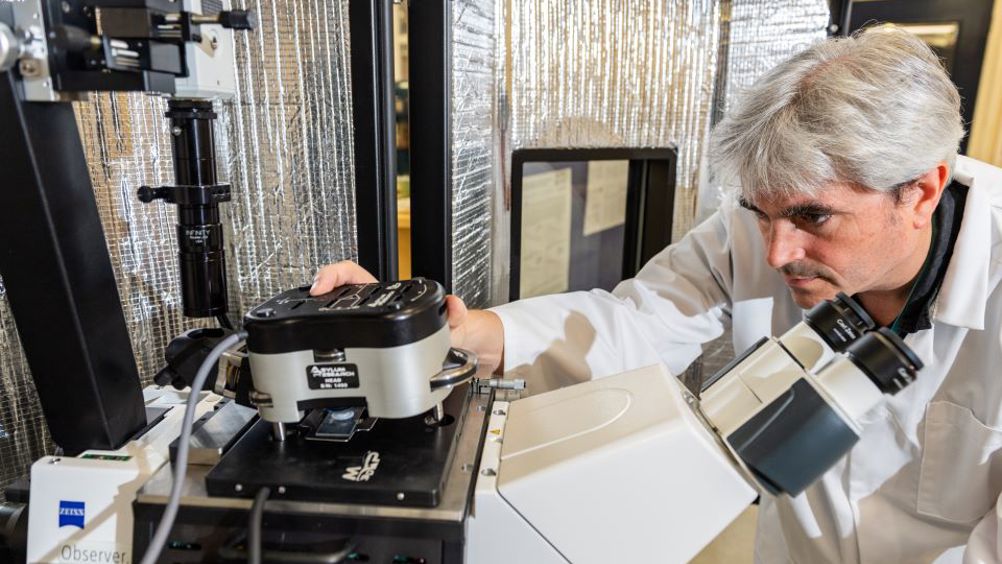Butterfly wings inspire anti-bacterial surfaces
New anti-bacterial surfaces could be made possible by replicating the surface of a butterfly wing, EPSRC-funded scientists from Bradford University have reported.

The technology could be applied to hip and other joint replacements, cosmetic and orthodontic products, and be used in the car industry.
The team has created a series of laser-textured nano-moulds to replicate the butterfly wing pattern. When viewed under a microscope, butterfly wings exhibit a unique ‘ladder’ design that prevents bacteria from establishing colonies and spreading.
In a statement, Dr Maria Katsikogianni, Assistant Professor in Biomaterials Chemistry at Bradford University, said: "We are examining patterns with self-cleaning properties found in nature. One of these is found on butterfly wings, which have a tight build-up of cells that resemble ladders close together.
“These not only produce the vibrant colour patterns…but the ladder structure also prevents water from weighing down their wings. More interestingly, the structure makes it difficult for bacteria to fit themselves on top of the wings surface and produce communities.”
Dr Katsikogianni said the team had examined several different anti-bacterial surfaces, including a gecko skin pattern, but the microscopic designs found on butterfly wings is simpler to replicate and should last longer.
Register now to continue reading
Thanks for visiting The Engineer. You’ve now reached your monthly limit of news stories. Register for free to unlock unlimited access to all of our news coverage, as well as premium content including opinion, in-depth features and special reports.
Benefits of registering
-
In-depth insights and coverage of key emerging trends
-
Unrestricted access to special reports throughout the year
-
Daily technology news delivered straight to your inbox










Water Sector Talent Exodus Could Cripple The Sector
Maybe if things are essential for the running of a country and we want to pay a fair price we should be running these utilities on a not for profit...